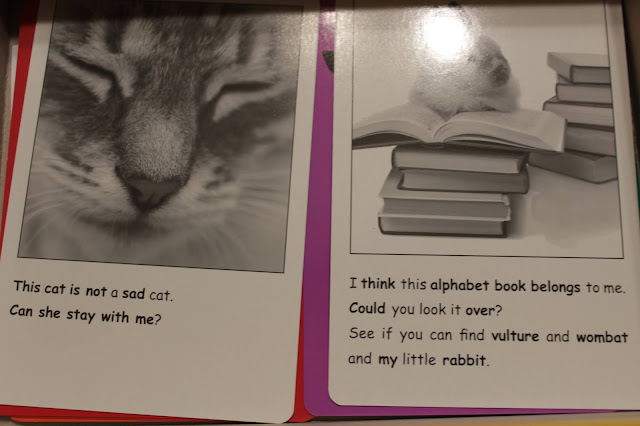Unfortunately, in the short period of time between when I jumped at this review and when we received our pdf downloads of all the materials for it, some things at home changed and so did my children's various outside-of-home classes and work schedules. So, there went my plans for a mom-n-kids foray into law, government, and trying a moot court case together this season.
Fortunately, though, I was able to pivot my plan from a mom-and-kids study to a high schooler-and- mom one and what fruit that has brought!
My son and I began the study by taking turns reading and discussing the opening chapter of the Student Worktext and High School Supplement. Then, my son began doing the reading on his own with us discussing it and doing some of the exercises during 1:1's.
We were not a few sessions into working our way through Homeschool Court materials this way when my son randomly came to me with a jaw dropping statement:
"I am rethinking what I want to do. I've always wanted to start my own business, and now I am not sure. I may want to go into law."
What?!
That came out of seeming nowhere.
My oldest son had loved the speech and debate club which he participated in until the pandemic canceled tournaments and put the club on indefinite hold, but he has never once been inclined towards making a career in law before.
Now, he is.
Why?
Homeschool Court!
Now, I cannot promise that your child will have the same potentially life path-changing experience that my son is discerning, but I will say that if your child wants to learn about the American legal system, Homeschool Court offers an engaging approach to doing so.
My son agrees. When I asked him for his quick thoughts on Homeschool Court for this review, he said:
It's a very good program that teaches well through an easy to read worktext with good flow and plenty of exercises and opportunities to dig deeper.
I honestly enjoy it besides the heavy Christian influence.
In the beginning chapters, I learned about plaintiffs, prosecutors, and defendants, and we discussed how a "no vehicles in the park" law could be interpreted and also discussed an actual court case.
I also reviewed some history of American figures and saw how they were connected to law. Plus more.
Now, I am looking forward to moving through the rest of the chapters and getting to try the court cases.
I would recommend Homeschool Court to others. It's well put together!
The Student Worktext provides the meat of the program and includes nine chapters that cover everything from basic legal vocabulary and why we have laws, to who's who in the legal system, to crafting persuasive arguments and enjoying a mock trial. There are enrichment ideas at the end of most chapters and, if you get the High School Supplement, too, further concepts are taught. Research, writing, and real-world applications are all there, including up-to-date material on recent Supreme Court nominees.
Then, there are three case summaries and Teacher Case Summaries that include additional notes and materials, including a case overview, roles to fill, etc. The cases are:
- Contested Will - a trial that contests the validity of a signature on a will and includes witness statements, jury instructions, evidence, vocabulary terms, and more.
- School Prayer - a Supreme Court case about whether school prayer is constitutional which includes a summary of facts, lower court decisions, prior case, law, etc. and also requires engaging oral arguments rather than the presentation of evidence.
- Dog Bite at the Dog Show - a civil trial where the plaintiff seeks compensation for injuries sustained from a dog bite and one where there is an evidence summary chart, tips on presenting evidence, and notes on the actual case the mock court case is based on.






































